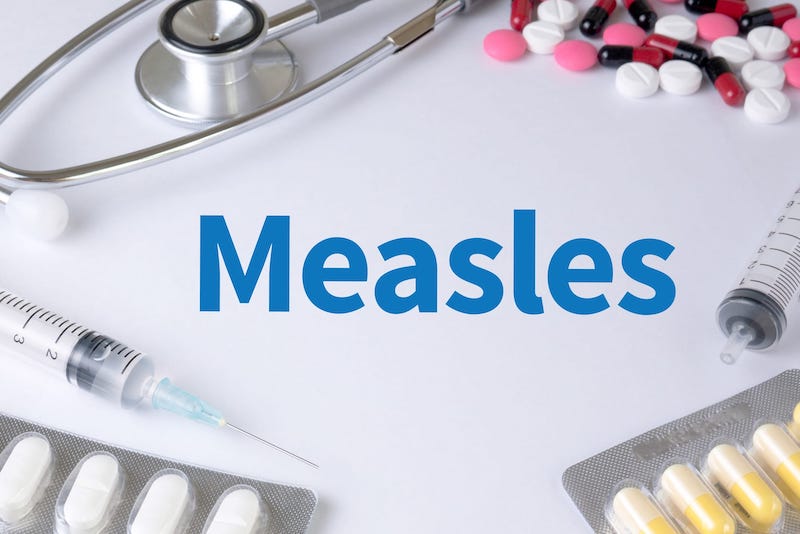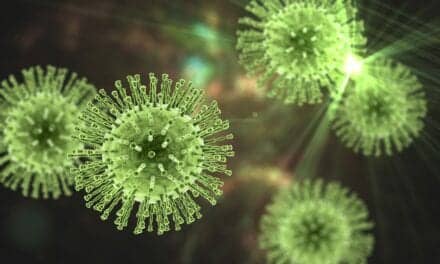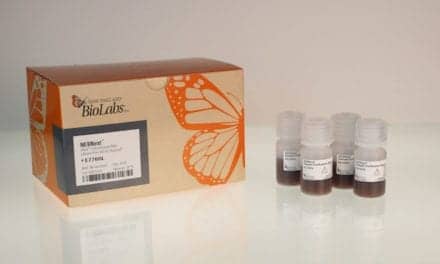A new novel point-of-care biosensing device, roughly the size of a quarter, that is capable of detecting measles virions in human saliva, may help with efforts to control its viral spread, according to new research published in Advanced Functional Materials.
Measles is one of the most infectious airborne viruses worldwide. And while an inexpensive and effective vaccine is available, Measles is common in developing countries and sporadic outbreaks also occur in developed countries, primarily due to the unvaccinated. With a basic reproduction rate between 12–18, this virus is six times more infectious than the SARS-CoV-2 Alpha variant and similar to the SARS-CoV-2 Omicron variant
The device is a surface-acoustic-wave based lab-on-a-chip—smaller than a U.S. quarter—in which surface-acoustic-waves are used both for sensing and fluid recirculation.
“Our technology for the first time demonstrated the synergic operation of different surface-acoustic-wave-based micro devices on the same chip, in the context of lab-on-a-chip biosensing. In this way we have been able to drastically improve the detection limit of our sensors, potentially enabling early point-of-care diagnostic applications,” says senior author Marco Cecchini, PhD, senior researcher of the Nanoscience Institute of the Italian National Research Council, and CTO and co-founder of Intelligent Acoustics Systems in Italy.
The biosensing detection performance of this system is tested and device sensitivity and selectivity are assessed. The surface-acoustic-wave based lab-on-a-chip with measles virions loaded in healthy, whole human saliva is finally validated.
The experimental results also highlight a crucial aspect of the biosensing process: the interactions between probing and target species during incubation with or without fluid mixing. The presented findings are promising for realizing a POC platform for measles diagnosis and may serve as a guideline for designing new microfluidics-based biosensing systems.





